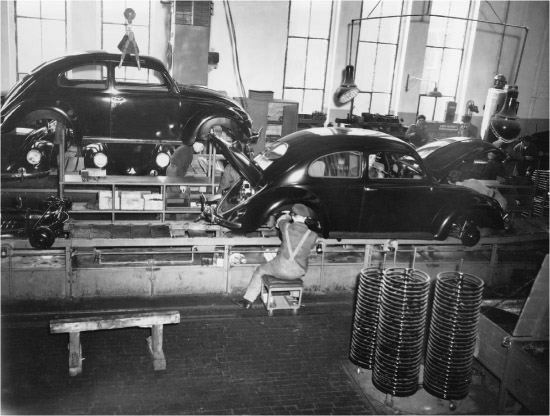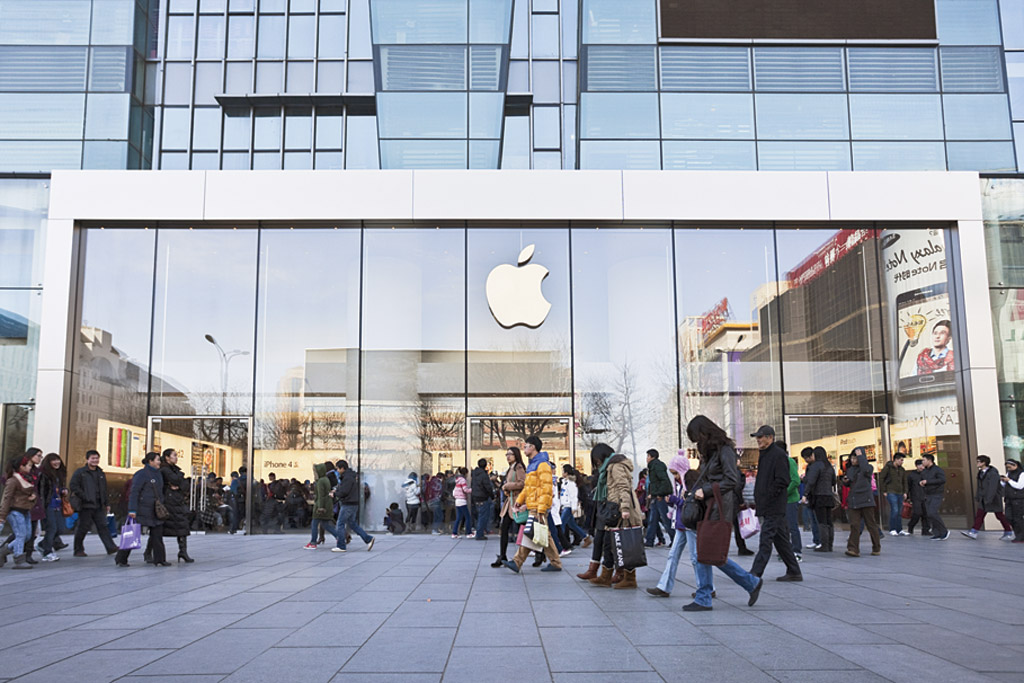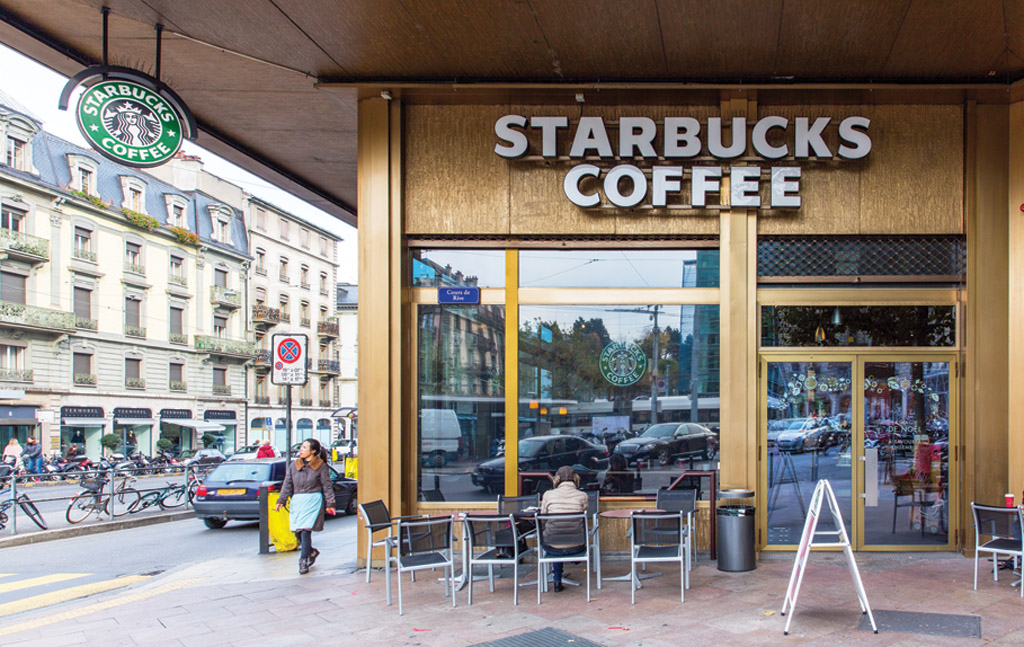18.1 What is globalisation?

During the twentieth century Australia’s economy became interdependent with the rest of the world. across international borders both grew significantly. This is globalisation.
Hundreds of years ago, most markets were local. Producers and consumers lived in close proximity. During the eighteenth and nineteenth centuries the Industrial Revolution enabled mass production and the development of towns and cities. National markets evolved because new technologies such as railways and steam power allowed quicker and cheaper transport of finished products. Further advances in technology and communication during the twentieth century enabled development of global markets.
An example of the evolution to global markets is the Australian beer industry. In the nineteenth century many small towns had their own brewery. By the mid twentieth century the beer market had become a national market and these small breweries closed. Now the beer market is international with only a couple of Australian brewers competing with international brands. This came about because advancements in technology reduced the costs of brewing and transporting beer. Larger manufacturers were able to take advantage of economies of scale and produce beer at a more competitive rate than smaller breweries. The reduction in the costs of transporting beer made it cheaper to purchase from a large brewery and transport it to different market areas than from smaller producers with higher production costs.
Large multinational organisations have grown in number and size because of globalisation as they are better placed to take advantage of economies of scale across national boundaries.



